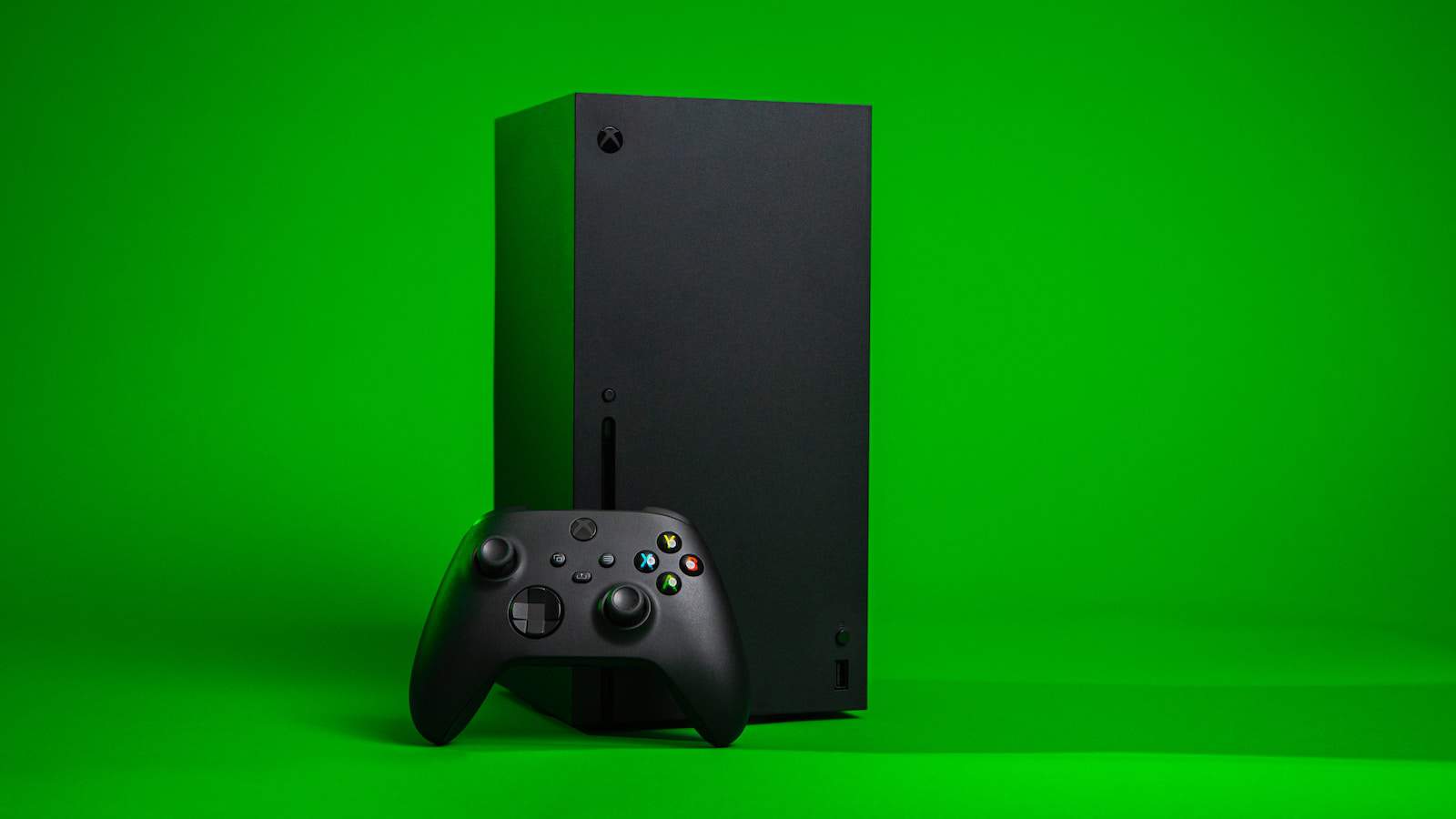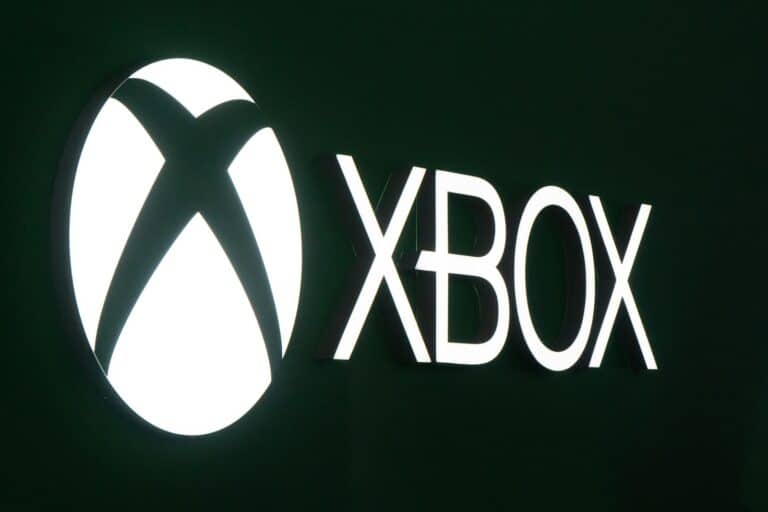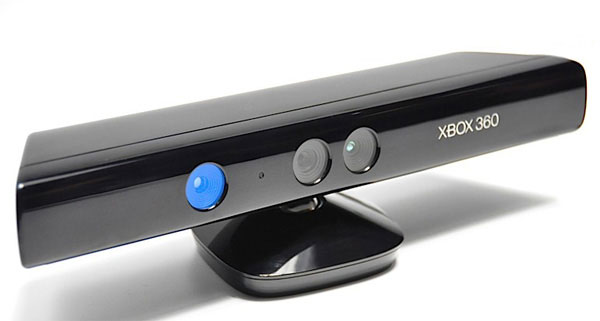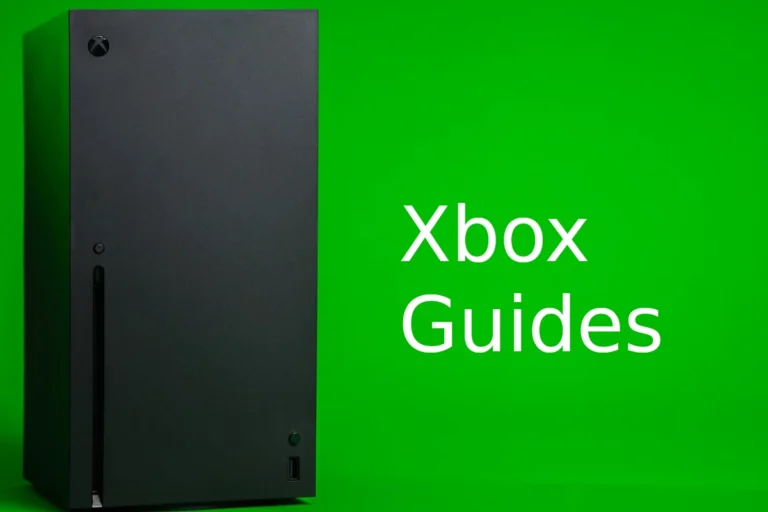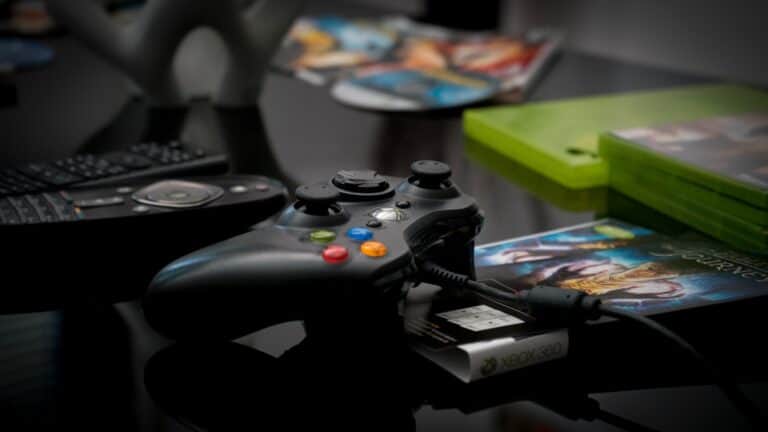Microsoft has released nine different Xbox console models since entering the gaming market in 2001. Each generation brought major improvements in graphics, online features, and gaming performance that changed how people play video games.
The Xbox console lineup includes the original Xbox (2001), Xbox 360 (2005), Xbox 360 S (2010), Xbox 360 E (2013), Xbox One (2013), Xbox One S (2016), Xbox One X (2017), Xbox Series S (2020), and Xbox Series X (2020). Understanding this timeline helps gamers see how Microsoft built Xbox into one of the top gaming brands in the world.
From the bulky first Xbox with its built-in hard drive to today’s powerful Xbox Series X and S consoles that deliver 4K gaming, each system solved problems from earlier models. This guide covers every Xbox console’s key features, release dates, and what made each one special for gamers.
Xbox Consoles in Order
Microsoft’s Xbox consoles have evolved significantly since their debut, pushing the boundaries of gaming technology with each generation. Here’s a comprehensive guide to the Xbox consoles released over the years, including the latest models and key details.
1. Original Xbox (2001)
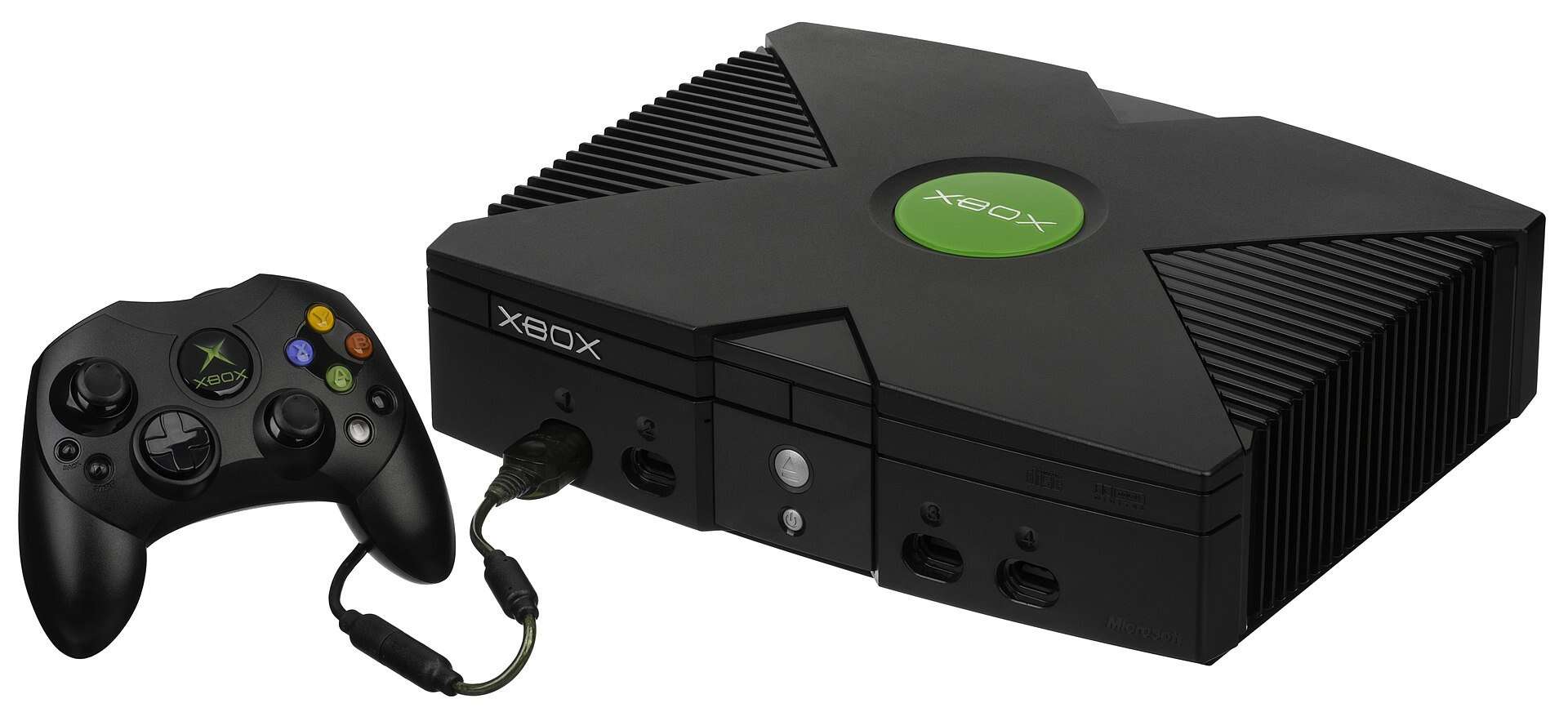
- Release Date: November 2001
- Key Features: Microsoft’s first entry into the console market, featuring a built-in hard drive and Ethernet port for online gaming via Xbox Live.
- Significance: Established Xbox as a major player in gaming.
2. Xbox 360 (2005)
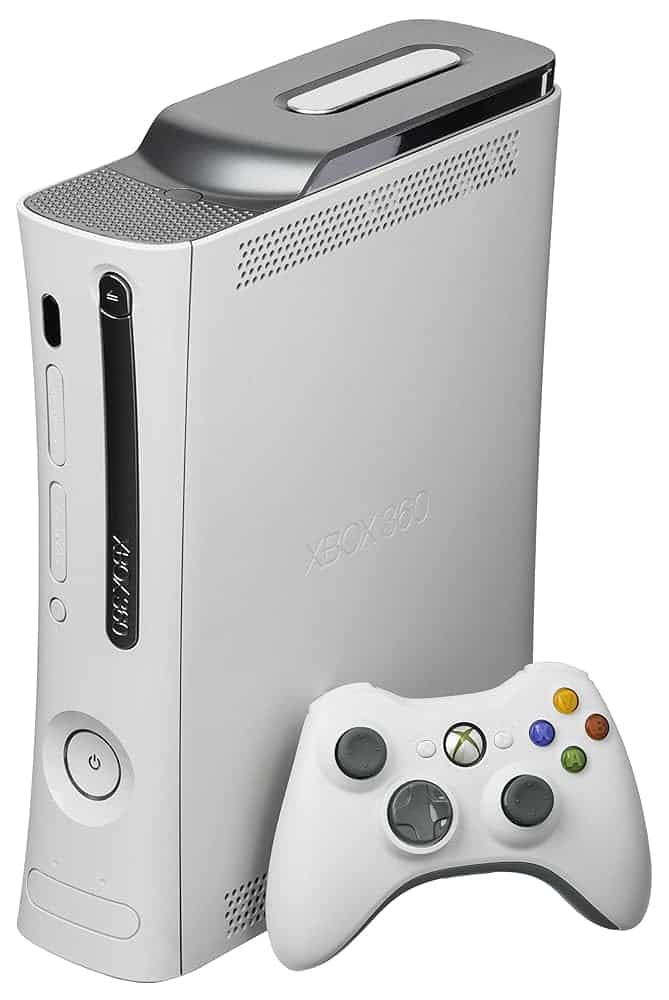
- Release Date: November 2005
- Key Features: Introduced HD gaming, Xbox Live Marketplace, Kinect motion controls (later), and a large game library.
- Significance: One of the most successful consoles, competing directly with PlayStation 3.
3. Xbox 360 S and Xbox 360 E (2010, 2013)
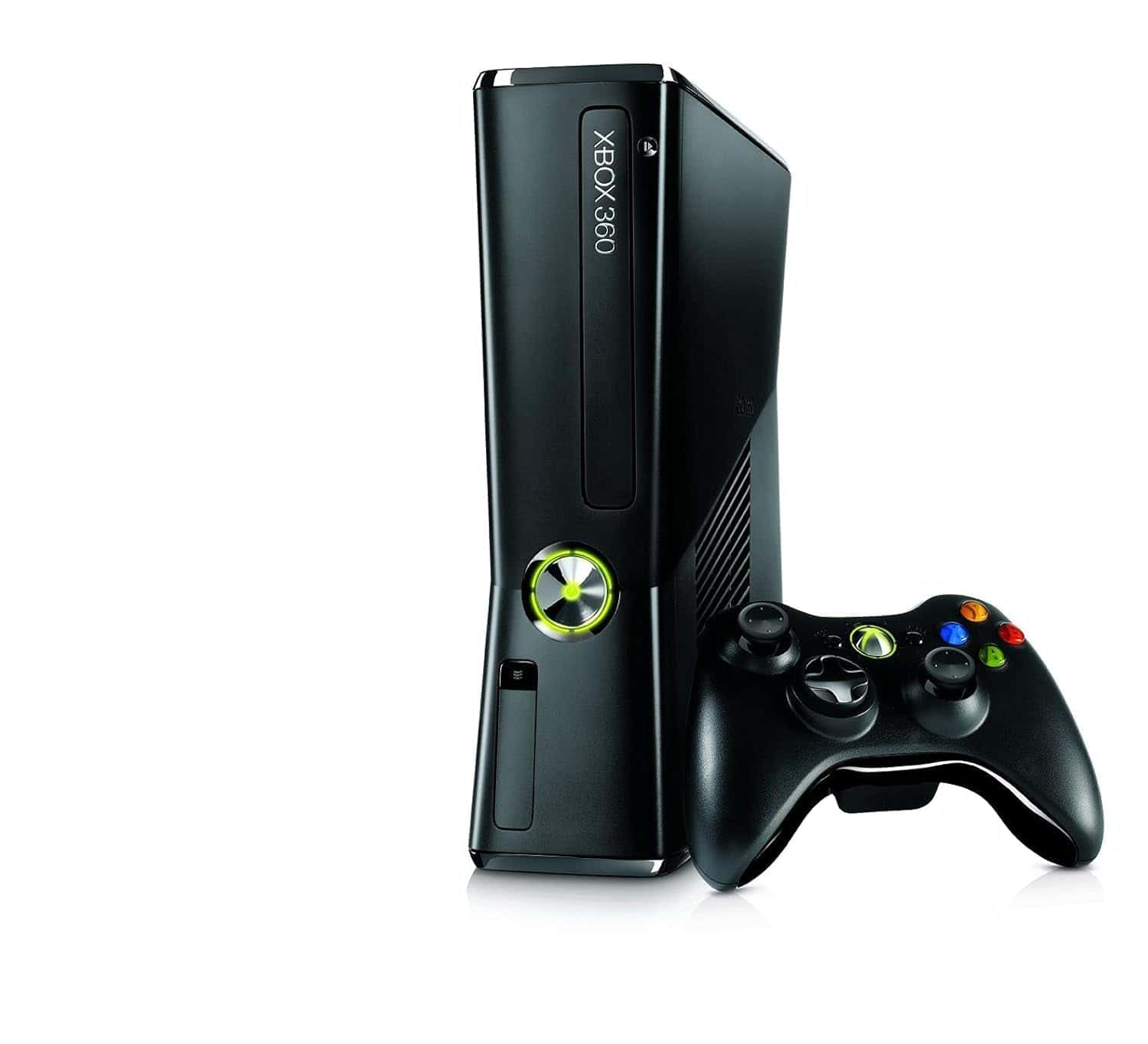
- Release Dates: 2010 (S model), 2013 (E model)
- Key Features: Slimmer designs, quieter operation, integrated Wi-Fi.
- Significance: Refined the Xbox 360 experience with hardware improvements.
4. Xbox One (2013)

- Release Date: November 2013
- Key Features: Focus on entertainment integration, Kinect 2.0, cloud computing, and backward compatibility.
- Significance: Marked a shift toward all-in-one entertainment systems.
5. Xbox One S and Xbox One X (2016, 2017)

- Release Dates: August 2016 (S model), November 2017 (X model)
- Key Features: Xbox One S introduced 4K video playback and HDR; Xbox One X offered 4K gaming and enhanced performance.
- Significance: Enhanced hardware and media capabilities for the Xbox One generation.
6. Xbox Series X and Series S (2020)

- Release Date: November 2020
- Key Features:
- Series X: Powerful hardware with 4K gaming at up to 120 FPS, 1TB SSD.
- Series S: Smaller, all-digital console with 512GB SSD, targeting 1440p gaming.
- Significance: Next-gen performance with fast load times, ray tracing, and backward compatibility.
Xbox Console Releases in 2024
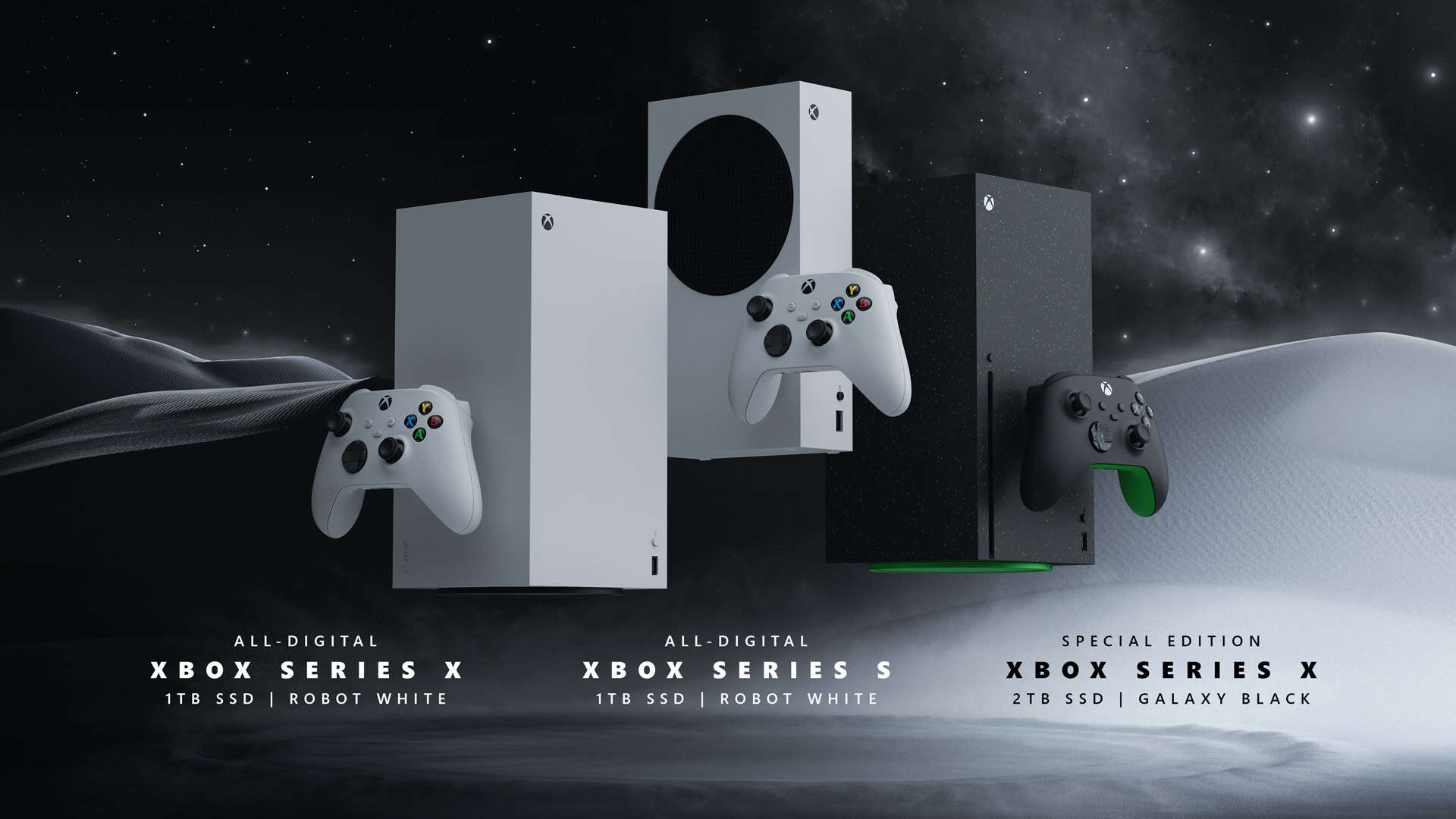
On October 15, 2024, Microsoft expanded the Xbox Series X|S lineup with three new versions:
- 1TB All-Digital Xbox Series S (Robot White)
- Price: $349.99
- Features: Disc-less design, increased storage compared to original Series S.
- 1TB All-Digital Xbox Series X (Robot White)
- Price: $449.99
- Features: Disc-less design with 1TB storage.
- Special Edition Xbox Series X (2TB)
- Price: $599.99
- Features: Enhanced storage capacity (2TB), standard disc drive.
These releases provide more storage options and a fresh aesthetic, catering to gamers preferring digital libraries and collectors interested in special editions.
Latest Xbox Devices (2025)
- Xbox Series X and Series S (Carbon Black, 1TB Storage)
The Series S now comes in a sleek Carbon Black color with an upgraded 1TB SSD, improving storage capacity for digital games. - ROG Xbox Ally (Gaming Handheld)
Developed in partnership with ASUS, this Xbox-branded handheld console is set to launch at Gamescom 2025. It offers a full-screen Xbox experience optimized for portable gaming, marking Microsoft’s entry into the handheld market.
For more detailed information on these latest devices, visit the official Newest Xbox Consoles page and the ROG Xbox Ally X announcement.
This timeline reflects Microsoft’s consistent innovation in gaming hardware, from the bulky original Xbox to the powerful and versatile devices available today, including their new handheld venture. Whether you seek cutting-edge performance or portable gaming, Xbox continues to broaden its reach.
Key Takeaways
- Microsoft has released nine Xbox console models across four main generations from 2001 to 2020
- Each Xbox generation introduced major improvements like HD gaming, online multiplayer, and 4K graphics
- The Xbox timeline shows Microsoft’s growth from gaming newcomer to major console competitor
Xbox Consoles in Order of Release
Microsoft launched its first gaming console in 2001 and has released four generations of Xbox systems. Each generation brought major improvements in graphics, processing power, and gaming features that changed how people play video games.
Original Xbox (2001)
The original Xbox launched on November 15, 2001 as Microsoft’s entry into the console gaming market. The company competed directly against the PlayStation 2, Nintendo GameCube, and Sega Dreamcast.
Microsoft engineers first called the console the “DirectX Box” after their DirectX graphics technology. They later shortened the name to Xbox. The system used PC architecture with an Intel Pentium III processor running at 733 MHz.
Key Specifications:
- Intel Pentium III 733 MHz processor
- 64 MB DDR SDRAM
- 8 GB hard drive
- Built-in Ethernet port
The Xbox was the first console with a built-in Ethernet port for broadband internet. This feature enabled Xbox Live, Microsoft’s online gaming service that required a subscription.
The console sold 550,000 units in its first week and eventually reached over 24 million total sales. Halo: Combat Evolved became the system’s flagship game and helped establish Xbox as a serious competitor in the gaming market.
Xbox 360 and Its Revisions
Microsoft released the Xbox 360 on November 22, 2005 as their second-generation console. The system competed against the PlayStation 3 and Nintendo Wii in the seventh console generation.
The Xbox 360 featured major hardware upgrades including a custom triple-core processor and ATI graphics chip. However, early models suffered from overheating problems that caused the infamous “Red Ring of Death” hardware failures.
Microsoft released two major revisions to fix these issues:
Xbox 360 S (2010)
Released on June 14, 2010, this model was 40% smaller and featured improved cooling. It included built-in Wi-Fi, additional USB ports, and a quieter design with reduced power consumption.
Xbox 360 E (2013)
The final Xbox 360 model launched on June 10, 2013 with a design similar to the upcoming Xbox One. This version removed the AV connector and only supported HDMI video output.
The Xbox 360 family sold 84 million units worldwide. Popular exclusive games included Gears of War, Forza Motorsport, and Halo 5: Guardians.
Xbox One Family
The Xbox One launched on November 22, 2013 with heavy emphasis on TV integration and Kinect motion controls. Microsoft priced the console at $499, which was $100 more than the competing PlayStation 4.
The original Xbox One used AMD’s custom Jaguar processor with eight cores running at 1.75 GHz. It supported 4K video playback but could only upscale games to 4K resolution rather than native 4K gaming.
Xbox One S (2016)
Released on August 2, 2016, the Xbox One S was 40% smaller than the original model. Key improvements included:
- Native 4K Blu-ray player
- HDR support for video streaming
- 70% GPU boost to 914 MHz
- 1TB and 2TB storage options
Xbox One X (2017)
Microsoft launched the Xbox One X on November 7, 2017 as the most powerful Xbox console to date. This model delivered true 4K gaming at 60 frames per second with 12 GB of GDDR5 RAM and a 2.3 GHz processor.
The Xbox One family sold approximately 58 million units combined, finishing third behind the PlayStation 4 and Nintendo Switch.
Xbox Series X and Series S
Microsoft released both Xbox Series X and Series S on November 10, 2020 as their fourth-generation consoles. These systems marked a major leap in performance and loading speeds.
Xbox Series X Specifications:
- Custom AMD Zen 2 CPU with 8 cores
- 16 GB GDDR6 RAM
- 1TB custom NVMe SSD
- Native 4K gaming up to 120 frames per second
- 8K video support
Xbox Series S Features:
- Same AMD Zen 2 CPU as Series X
- 10 GB GDDR6 RAM
- 512 GB SSD storage
- 1440p gaming target resolution
- Digital-only design with no disc drive
Both consoles support backward compatibility with thousands of Xbox One, Xbox 360, and original Xbox games. The custom SSD eliminates traditional loading screens and enables Quick Resume for multiple games.
The Xbox Series X launched at $499 while the Series S cost $299. Microsoft positioned the Series S as an affordable entry point for next-generation gaming without 4K displays.
Frequently Asked Questions
Xbox consoles span four generations with nine different models released between 2001 and 2020. Each generation brought major improvements in graphics, online features, and gaming performance.
What are the different generations of Xbox consoles?
The first generation includes the original Xbox from 2001. This console introduced the Xbox brand and launched with Halo: Combat Evolved.
The second generation features the Xbox 360 series released between 2005 and 2013. This generation includes the Xbox 360, Xbox 360 S, and Xbox 360 E models.
The third generation covers the Xbox One family from 2013 to 2017. Microsoft released the Xbox One, Xbox One S, and Xbox One X during this period.
The fourth generation launched in 2020 with the Xbox Series X and Xbox Series S. These consoles remain Microsoft’s current flagship models.
Which Xbox console came out after the Xbox 360?
The Xbox One launched on November 22, 2013, following the Xbox 360 generation. This console marked the start of Microsoft’s third console generation.
The Xbox One introduced new features like the redesigned Xbox One Controller and Kinect 2.0. It offered more power and expanded applications compared to the Xbox 360.
How do the Xbox One S and Xbox One X differ?
The Xbox One S released in August 2016 as a smaller, more affordable option. It supports 4K output and works as a 4K Blu-ray player.
The Xbox One X launched in November 2017 as the premium model. It delivers true 4K gameplay with a 31% GPU performance increase over the standard Xbox One.
The Xbox One X features improved cooling systems and better performance on existing Xbox One games. The Xbox One S focuses on 4K media playback with upscaled gaming.
What are the release dates for each Xbox console?
The original Xbox launched November 15, 2001. The Xbox 360 followed on November 22, 2005.
Microsoft released the Xbox 360 S on June 18, 2010, and the Xbox 360 E on June 10, 2013. The Xbox One launched November 22, 2013.
The Xbox One S came out August 2, 2016. The Xbox One X released November 7, 2017.
Both Xbox Series X and Xbox Series S launched together on November 10, 2020. These remain the newest Xbox consoles available.
What enhancements does the Xbox Series X offer over previous models?
The Xbox Series X supports 120 frames per second gameplay and Dolby Vision. It can boost frame rates and resolutions of older Xbox titles.
Quick Resume allows players to switch between multiple games instantly. This feature keeps games suspended in memory for faster loading.
The console delivers true 4K gaming with ray tracing support. Load times decrease significantly compared to Xbox One models.
Backward compatibility works with thousands of Xbox, Xbox 360, and Xbox One games. Many older titles receive automatic performance improvements.
Can you list the Xbox consoles from oldest to newest?
The complete Xbox console timeline spans nine models across four generations. The original Xbox started the brand in 2001.
The Xbox 360 family includes three models: Xbox 360 (2005), Xbox 360 S (2010), and Xbox 360 E (2013). Each model improved cooling and design.
The Xbox One generation features the Xbox One (2013), Xbox One S (2016), and Xbox One X (2017). These consoles added 4K support and better performance.
The current generation includes Xbox Series S and Xbox Series X, both launching in 2020. Microsoft designed these as entry-level and premium options.

